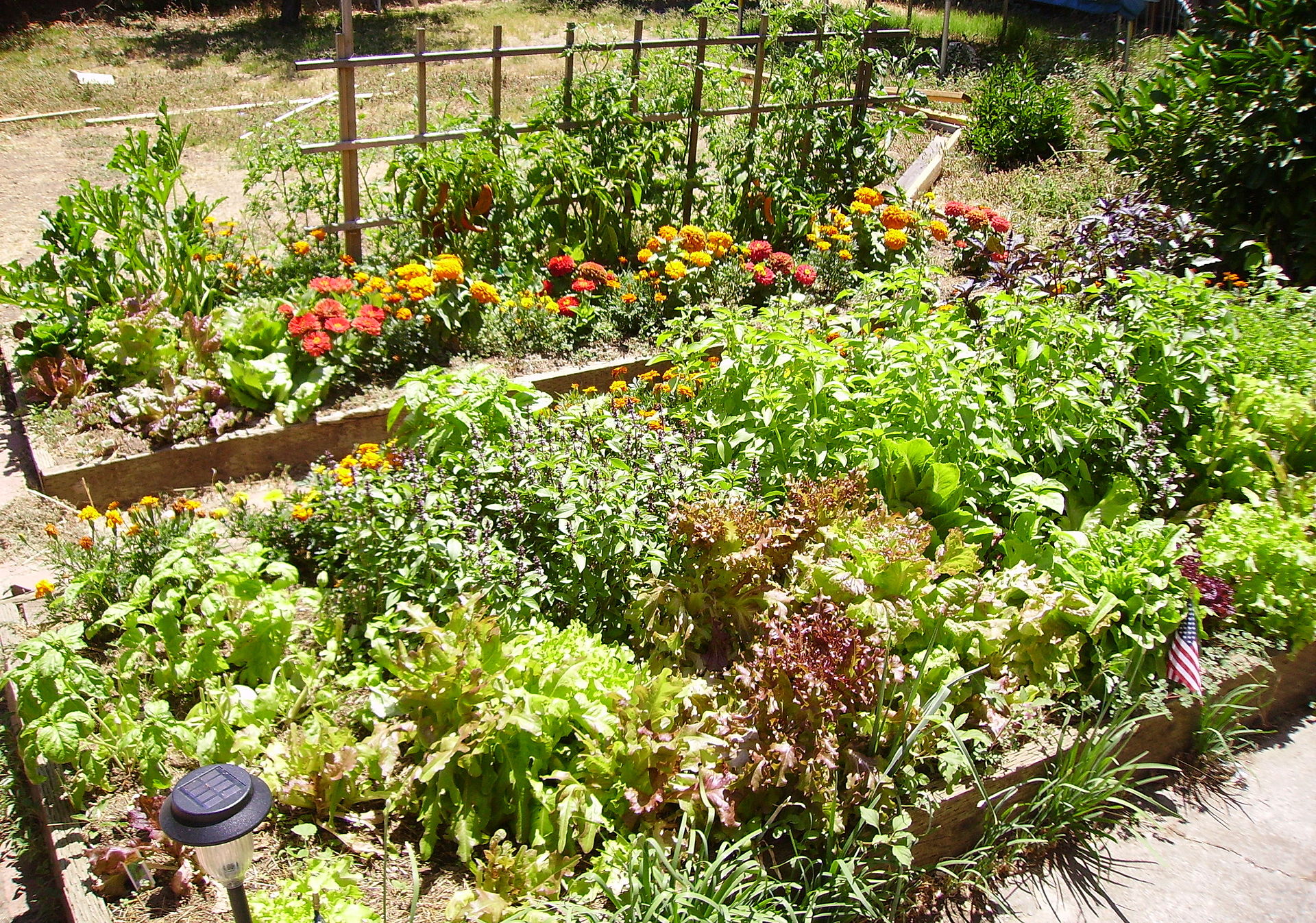Flower beds are a form of gardening where soil is enclosed (and sometimes raised above ground level) to contain flowers, vegetables, and other plants. Containment structures can be made out of rock, wood, railroad ties, concrete, metal, and other materials. Beds may also contain trees, water fountains or features, bird baths or houses, and other decorations or features. Flower beds often contain soil that is fertilized or otherwise enriched.
The Art and Science of Flower Beds: A Guide to Vibrant Gardening
Flower beds are a delightful way to infuse color, fragrance, and life into any garden. These carefully designed plots not only enhance the aesthetic appeal of outdoor spaces but also provide a habitat for beneficial insects and birds. Creating a stunning flower bed involves thoughtful planning, an understanding of plant selection, and ongoing maintenance. Here’s how to get started and ensure your flower bed thrives.
Choosing the Right Location
The first step in establishing a flower bed is selecting the ideal location. Most flowering plants require at least six hours of sunlight daily. Observe your yard throughout the day to identify sunny spots and areas that may be shaded by trees or buildings. Additionally, consider drainage; flower beds should not sit in waterlogged areas. A slight slope can facilitate proper drainage and prevent root rot.
